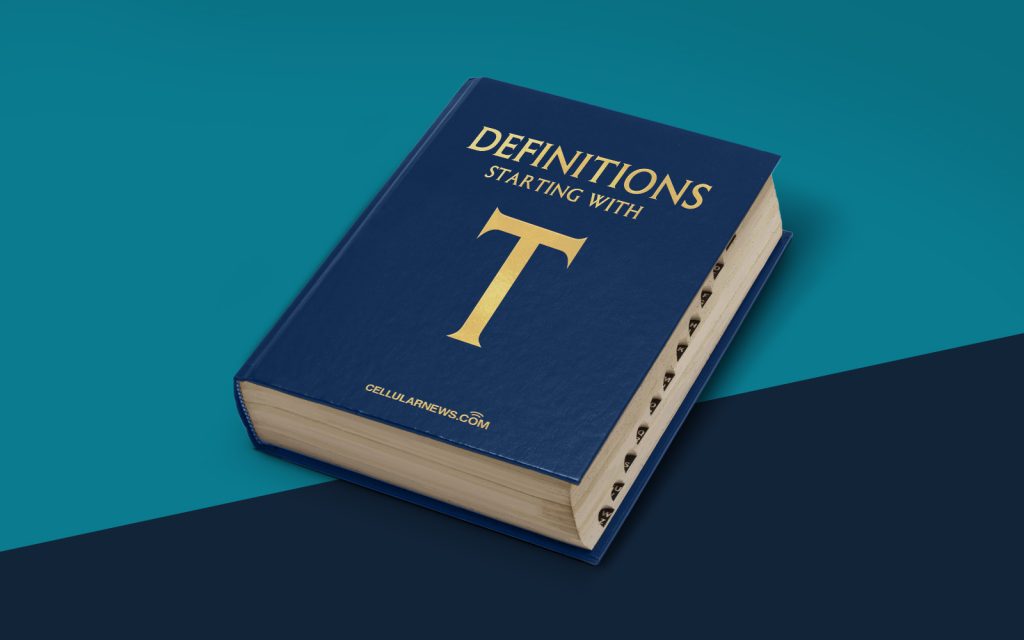
Understanding Television Aspect Ratio: A Guide to Better Viewing Experience
As technology continues to advance, so does the way we experience television. From the days of black and white screens to the crystal-clear displays of today, television aspect ratio plays a vital role in shaping our viewing experience. But what exactly is television aspect ratio? And why is it important? In this article, we’ll explore the meaning of television aspect ratio, its significance, and how it impacts your favorite shows and movies.
Key Takeaways
- Television aspect ratio refers to the proportional relationship between the width and height of a TV screen.
- Common aspect ratios include 4:3 (standard definition), 16:9 (high definition), and occasionally 21:9 (ultrawide screens).
What is Television Aspect Ratio?
Television aspect ratio can be defined as the proportional relationship between the width and height of the screen. It is typically expressed as a ratio of two numbers, such as 4:3 or 16:9. The first number represents the width, while the second number represents the height. Aspect ratios are essential as they determine the shape and size of the image displayed on your television screen.
Over the years, several standard television aspect ratios have emerged. Let’s explore the most common ones:
- 4:3 (Standard Definition): This aspect ratio was the standard for older television sets and is often associated with classic shows and movies. It creates a more square-shaped image on the screen.
- 16:9 (High Definition): With the advent of high-definition (HD) television, the 16:9 aspect ratio became the new standard. It offers a wider, more panoramic image, providing a more immersive viewing experience and accommodating the wider format of most modern content.
- 21:9 (Ultrawide Screens): Although less common, ultrawide screens with a 21:9 aspect ratio have gained popularity in recent years. These screens are wider than the traditional 16:9 screens, providing an even more expansive field of view.
Now, you may be wondering why television aspect ratio matters. Well, it directly affects the way the content is displayed on your screen. Understanding aspect ratios can help you better appreciate and optimize your viewing experience. Here’s why it’s important:
Enhanced Visual Experience
Television aspect ratio significantly impacts how movies, TV shows, and other content are presented. By matching the aspect ratio of the source material to your TV’s aspect ratio, you’ll experience the content exactly as the creators intended, without any distortions or cropping. This allows you to enjoy a more immersive and visually pleasing experience.
Fitting the Screen Perfectly
Choosing the right aspect ratio ensures that the content fills your screen appropriately, eliminating any black bars or unused space. For instance, if you’re watching a movie with a 2.35:1 aspect ratio on a 16:9 screen, the image may have black bars at the top and bottom. Conversely, watching a standard 4:3 show on a widescreen may result in black bars on the sides. Selecting the correct aspect ratio helps you maximize your screen real estate and eliminates any distractions.
So, the next time you settle in to watch your favorite movie or TV show, take a moment to consider the aspect ratio. Understanding how it shapes your viewing experience can enhance your appreciation of the content and help you make the most out of your television. Remember, finding the right aspect ratio is crucial for an immersive and enjoyable viewing experience!
